Piston Slap: Ozone in Your Own Storage Zone?

TTAC Commentator Arthur Dailey writes:
Sajeev,
- Stored them on their rims
- Removed the plastic tire bag (learned this the hard way when a set of rims “rotted” one summer
- Wiped down/washed the rims to take off any salt
- Let out about 4 to 5 psi from each tire
- Stored them in our attached, unheated garage
- Placed rubber mats under them so that they are not in contact with the cement
- Placed old sheets over them so that they are not in direct sunlight
Previously I stored them stacked on their sides. All 4 wheels/rims from each vehicle in one column, on top of each other, using a tire storage “pole” bought from Canadian Tire. Last winter I stored them vertically (meaning I just rolled them in beside each other), but on the rubber mats and under the sheets.
So what is the best way? And how often should they be rotated/moved?
Sajeev answers:
I’m surprised the plastic tire bags for winter tire storage were a bad idea. Then again, I’m in Houston so WTF do I know?
I think you’re doing a good job, any damage incurred during storage won’t affect the tire faster than normal wear and tear. I’ve stacked tires on their sidewalls for years in a dark warehouse and they perform fine after installation; the only concern is the rubber’s finite lifespan. While I am far from a tire storage expert, the phrase “use it or lose it” applies for longer term (i.e. years) storage. You have little to worry about.
My only concern is ozone damage, as they likely killed a set of donuts on my (infrequently driven) Ranger. And while tires protect themselves from ozone by design, you can do things to help ’em out like storing away from ozone generating furnaces. Keep on doing what you’re doing, just make sure the tires aren’t marinating in an ozone bath.
What say you, Best and Brightest?
[Image: Shutterstock user lightpoet]

More by Sajeev Mehta
Latest Car Reviews
Read moreLatest Product Reviews
Read moreRecent Comments
- MaintenanceCosts 308/311 is just the rating of the gas engine by itself. The full powertrain power rating, taking into account both power sources is 483/479. The car will do 0-60 in under five seconds. Frankly, I find the idea of that being "underpowered" bizarre.Also, "understated" has never been less fashionable within my lifetime. We are in a moment where everyone wants to make a Bold Statement with everything they do.
- 28-Cars-Later @PoskySo here's some interesting data, Manheim's Used Car index is still 28% higher than shortly before the Plandemic (155 on chart) after declining from a height of 39% (roughly 215) in January 2022, yet interest rates are now more than double on average. Maybe the White House should focus on some deflationomics instead of mucking up everything?
- Dale Had one. The only car I ever bought because of a review in a guitar magazine.Sure was roomy inside for such a small car. Super practical. Not much fun to drive even with a manual.Sent it to college with my stepson where it got sideswiped. Later he traded it in on an F-150.
- Bd2 Hyundai's designs are indeed among the most innovative and their battery technologies should allow class leading fuel consumption. Smartstream hybrids are extremely reliable.
- 28-Cars-Later So now H/K motors will last longer in between scheduled replacements. Wow, actual progress.


















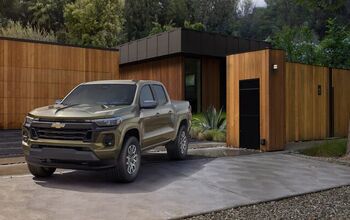




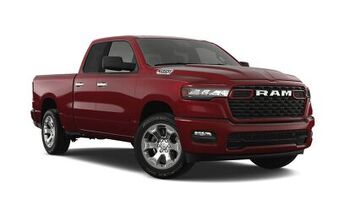

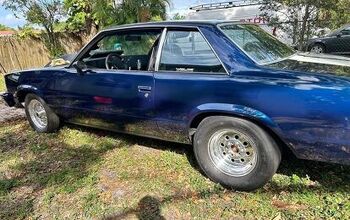

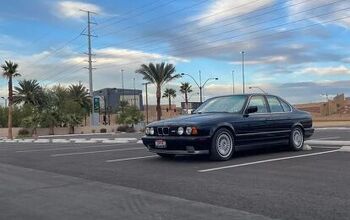
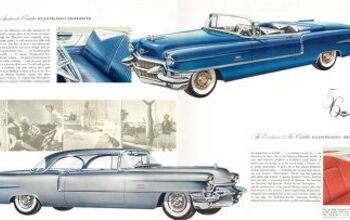

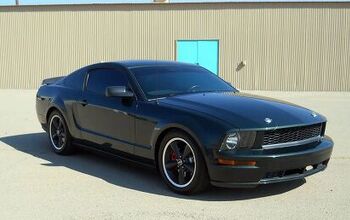


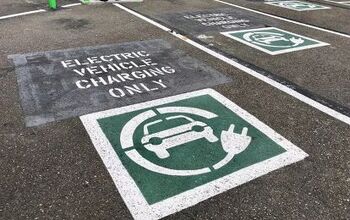
Comments
Join the conversation
When I lived in the snow zone and drove a RWD car with V8 power, I'd buy recap snow tires every September when they had a sale, and took them off the rims and threw them away in early April when they had about 6,000 miles on them. The salt and chemicals did a number on them, and for 20% of the cost of new snows, it was worth it. My regular tires were stored in a semi-heated basement on their sides, covered with plastic. When I put them back on, I rotated them.
Thanks to Sajeev and the B&B, much information here. Two concerns/discussion points. 1. I was told to reduce the pressure, particularly when storing them on their sides. Can't even remember the exact reason now. A number of comments here state that it is preferable to actually increase the pressure. Which is correct? 2. Stored one set in the plastic 'tire' bags one year. Condensation from heat/cold cycles resulted in the steelies rusting like nobodies business. Have sanded, scraped, used Naval Jelly and rust paint but they still looked unsightly. However when storing on plastic with a sheet over them, I have never (knock wood) had a set rust. Finally, would I ever like to have a rolling tire storage cart like the one in the picture.